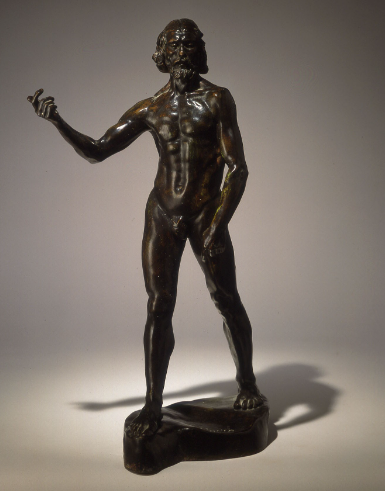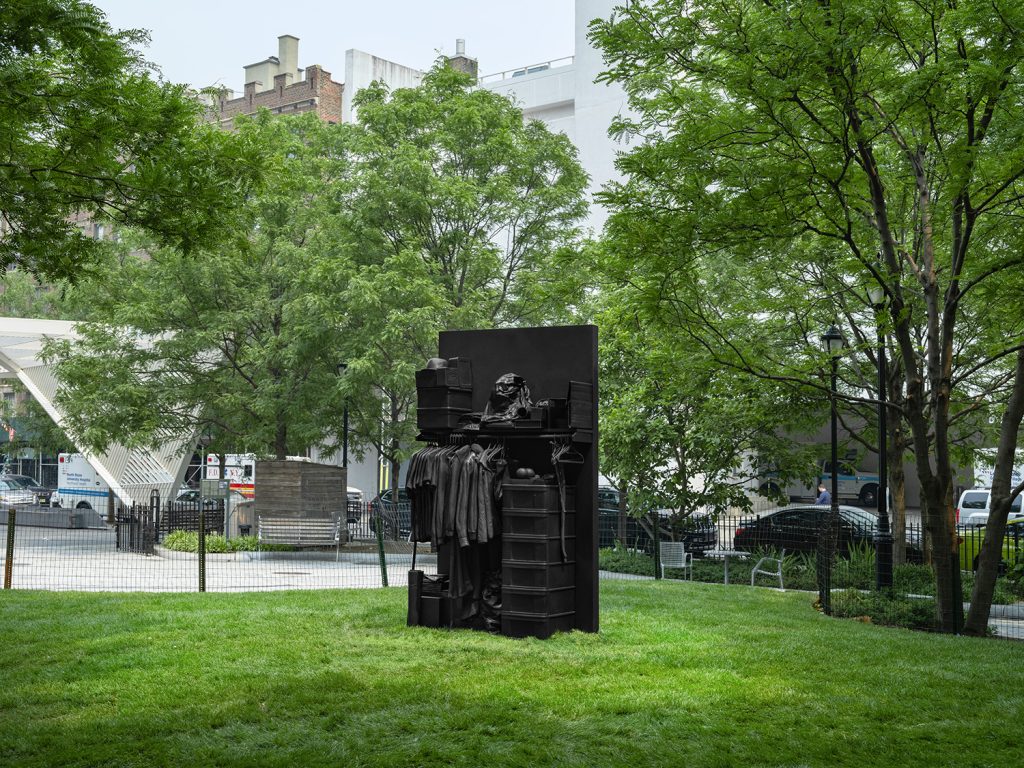Capturing the Essence: Rodin’s Masterpiece of John the Baptist
The allure of art often lies in its ability to evoke deep emotions and provoke thought. One such compelling work is Auguste Rodin’s sculpture of John the Baptist. This masterpiece not only reflects the artist’s exceptional skill but also encapsulates the complex themes of spirituality and humanity. In this blog post, we will explore the significance of Rodin’s John the Baptist, the artistic techniques he employed, and its lasting cultural impact.
The Spiritual Symbolism Behind John the Baptist
Rodin’s portrayal of John the Baptist is steeped in rich symbolism, capturing the essence of the Biblical figure known for his role as a prophet and precursor to Christ. In the sculpture, John is depicted with a contemplative expression, conveying a sense of introspection and spiritual depth. The positioning of his hands—one holding a cross and the other raised—signifies both his readiness to fulfill a higher calling and his connection to Christianity. This duality invites viewers to reflect on themes of sacrifice and redemption, establishing John not just as a historical figure but as an eternal symbol of faith.
Artistic Techniques That Define the Masterpiece
Rodin’s John the Baptist stands out due to his masterful use of realism and naturalism. Unlike many of his contemporaries who favored idealized forms, Rodin embraced the imperfections of the human body, highlighting the beauty found in flaws. His technique of modeling the sculpture with textured surfaces gives it a lifelike quality, making it resonate with authenticity. The intricate details—such as carefully crafted musculature and flowing drapery—draw viewers into the work, inviting them to closely examine and appreciate the artistry. Through these techniques, Rodin not only showcases his skills but also breathes life into marble, turning stone into a medium of deep human emotion.
Cultural Impact and Lasting Legacy
Rodin’s John the Baptist continues to inspire and influence artists, theologians, and art enthusiasts alike. Its powerful representation of existential themes resonates in modern discussions around spirituality and morality. In various exhibitions and collections, the sculpture serves as a catalyst for dialogue about faith and art in contemporary society. Additionally, the piece’s uniqueness has sparked interest in Rodin’s broader body of work, leading to renewed appreciation for his innovative approaches. His influence can be seen across various artistic movements, from Expressionism to modern sculpture, solidifying his place in art history.
In conclusion, Rodin’s sculpture of John the Baptist is more than just a remarkable piece of art; it’s an embodiment of human emotion and spiritual inquiry. By appreciating the artist’s techniques and the themes explored in this work, we can gain a deeper understanding of both Rodin and the iconic figure he chose to immortalize. If you’re intrigued by this masterpiece and its significance, consider exploring more about Rodin’s life and works to further enrich your appreciation of this artistic genius.


